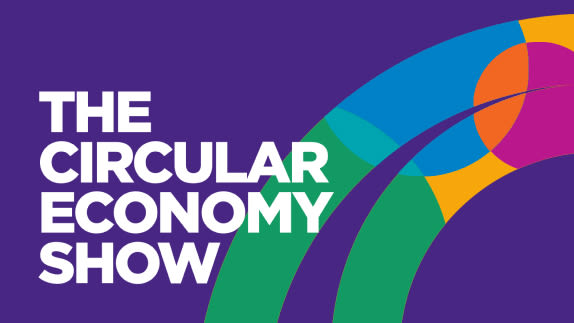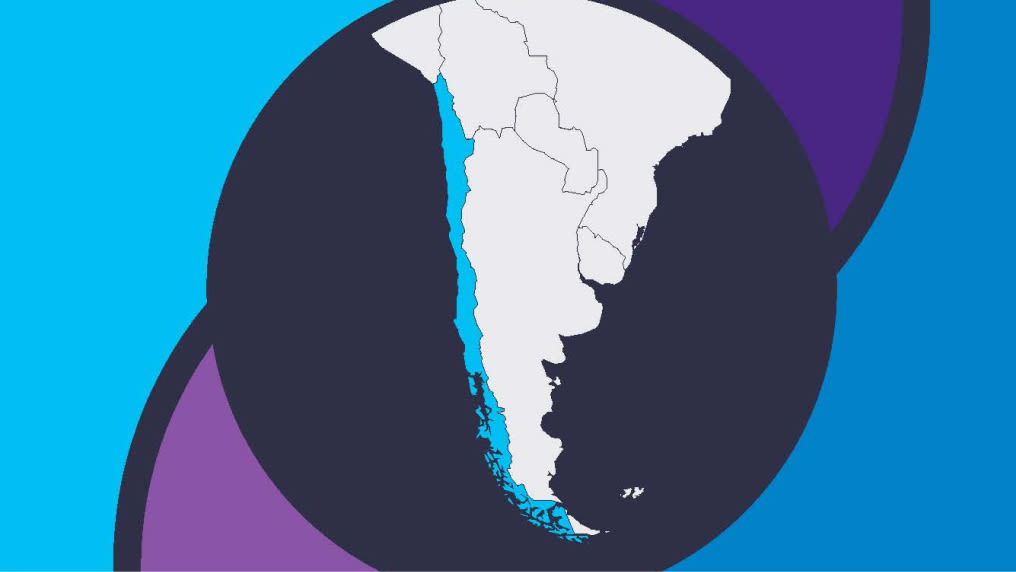By Emma Elobeid, Senior Editor, Ellen MacArthur Foundation and Valérie Boiten, Senior Policy Officer for Fashion, Ellen MacArthur Foundation.
Extended Producer Responsibility policy can unite the apparel industry and spur collective action to address textile waste.
The image of the equivalent of a rubbish truckload of clothes burned or buried every second is, unlike the clothes themselves, well worn. More than 80 percent of textiles discarded by households are incinerated, landfilled or abandoned in the environment: This fate, at these volumes, is a direct consequence of our current resource-extractive, linear economic system.
Tracking down what happens to textiles after use today gets messy. Material flows in the textile waste stream are complex, opaque and transboundary. Collection and sorting systems for discarded textiles are often voluntary and frequently small scale. In addition, they tend to focus only on clothing that is in good condition and suitable for reusereuseThe repeated use of a product or component for its intended purpose without significant modification.. To divert textiles from landfill, incineration or leakage into the environment and keep them in use, it is crucial to build collection infrastructure at scale. Yet without decisive action, these collection systems are unlikely to see meaningful expansion.
The solutions are in sight.
By creating a clear pathway for the collection, sorting and management of used textiles, extended producer responsibility (EPR) policy provides a collective framework of action in an otherwise often fragmented industry.
Put simply, EPR regulations make companies responsible for the post-consumer stage of the products they put on the market. With almost 400 existing schemes globally, covering product types from packaging to tires, EPR is a known policy tool that has already been widely adopted. In 2021, a statement in support of EPR was endorsed by over 100 businesses from across the packaging supply chain. More than 20 years of implementation tells us something important: EPR works.
A necessary part of the solution
As a policy tool that treats the symptoms rather than the causes of an extractive, polluting and wasteful linear economylinear economyAn economy in which finite resources are extracted to make products that are used - generally not to their full potential - and then thrown away ('take-make-waste')., EPR for textiles has traditionally had a downstream waste management focus. As such, it should be viewed as a starting point rather than the full solution. Yet despite its historical focus on end-of-life outcomes, EPR has real potential to act as a launchpad for transformation that addresses root causes, not just symptoms.
By offering a framework for the setup and enforcement of legally binding targets on operations such as collection, sorting, reuse and recycling — as well as waste prevention and reduction — mandatory EPR regulations make it easier for brands, retailers, manufacturers and sorters operating in the same market to work together in a concerted manner.
Sewing the seeds for systems transformation
It is common for public policies to have proponents and opponents: from vocal challengers and silent objectors to vested interests that stifle progress and slow down implementation.
And yet it appears that support is strong for EPR policy for textiles across the fashion industry — as well as collectors, sorters and graders of used textiles.
Progress toward EPR for textiles is real and accelerating. Across the world, EPR schemes are being rolled out. Today, four European Union member states (France, the Netherlands, Hungary and Latvia) have a mandatory EPR policy for textiles; by the end of the decade, EPR schemes will be established and harmonized in practice across all 27 EU countries. Australia and Colombia are piloting EPR schemes for textiles on a voluntary basis. As we speak, proposed EPR bills are moving through the state legislatures in California and New York. Discussions on EPR policy design for textiles are happening around the world in countries such as Chile, Ghana, the United Kingdom and Kenya.
Regulatory processes can take years to come to full fruition — as each country or geography implements them, the landscape can shift dramatically. It is important to remember that tackling textile waste will require an entire network of solutions. Policy alone cannot solve everything. Therefore, businesses should mobilize to turn circular economycircular economyA systems solution framework that tackles global challenges like climate change, biodiversity loss, waste, and pollution. It is based on three principles, driven by design: eliminate waste and pollution, circulate products and materials (at their highest value), and regenerate nature. ambitions into demonstrable action, by:
Designing products in line with circular economy principles
Accelerating the adoption of circular business models through collaborative, multi-brand systems
Investing in shared infrastructure that allows for the recirculation of materials after maximum use.
In anticipation of mandatory policies, coordinated and compounded voluntary industry action is needed to challenge the linear economy model at its core, capture the full circular economy opportunity and mark the beginning of the end for textile waste.
This article was originally published in Trellis (formerly GreenBiz)






